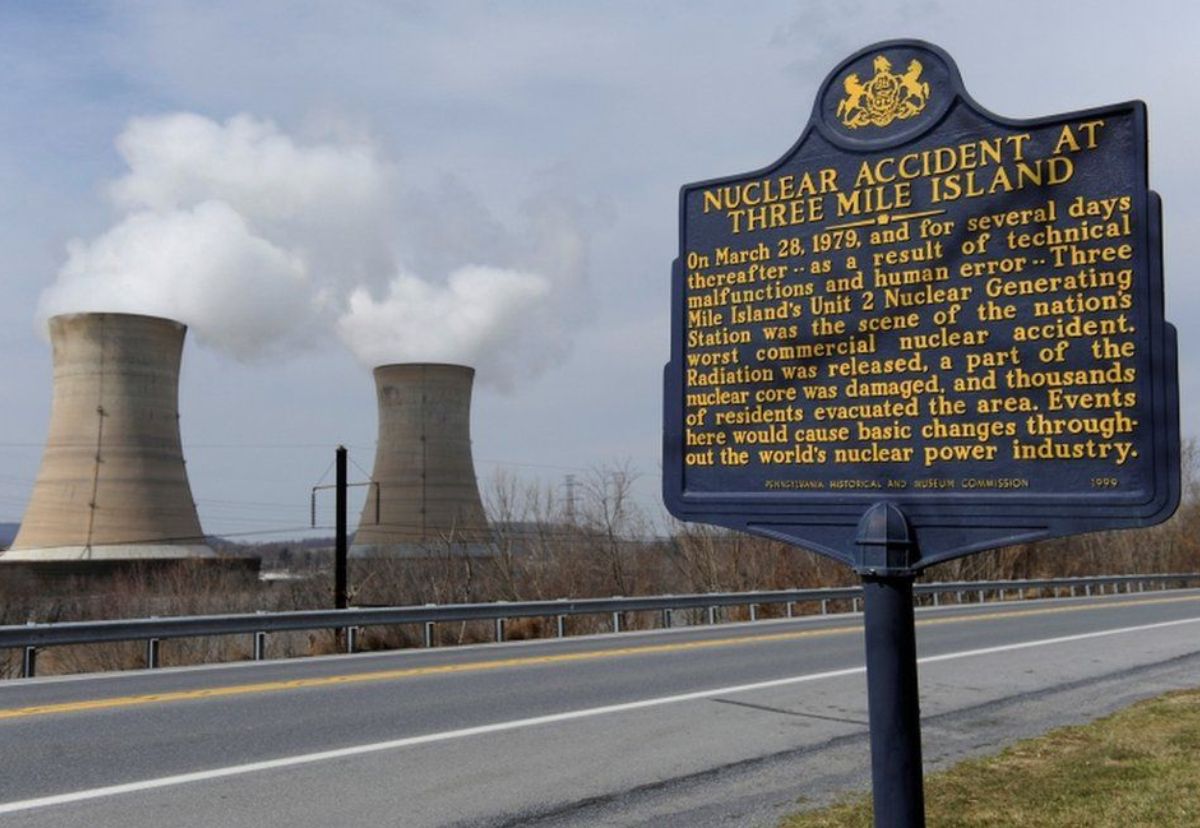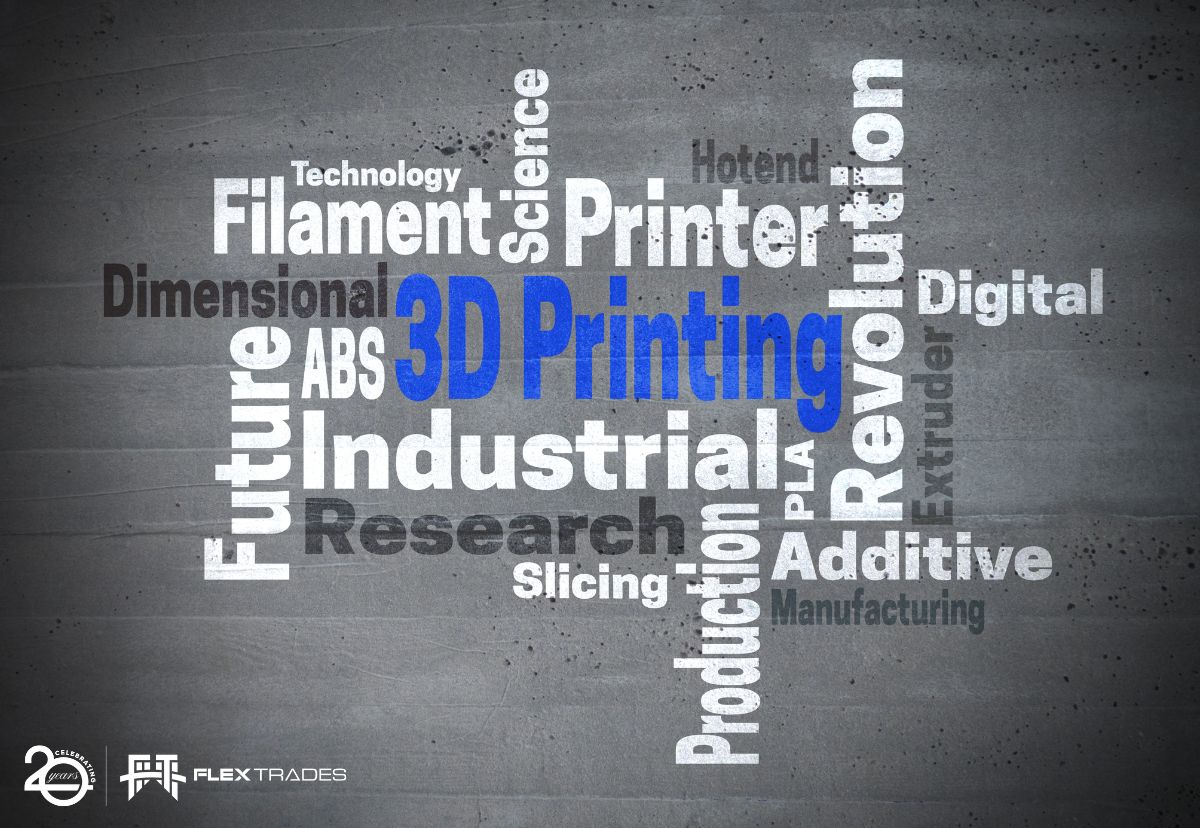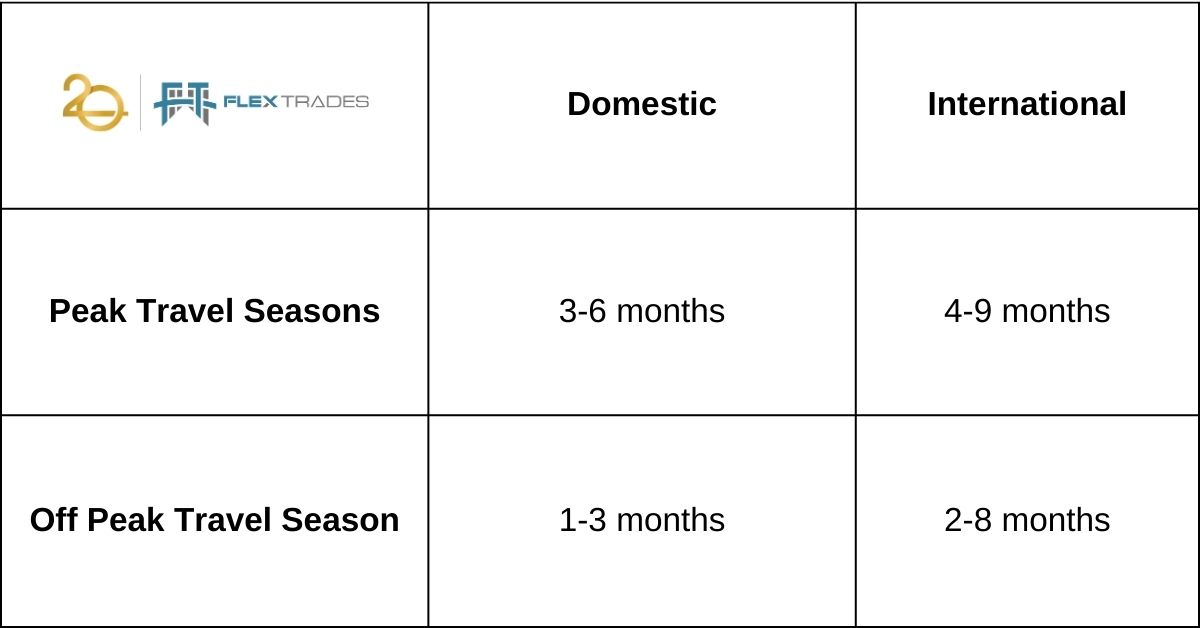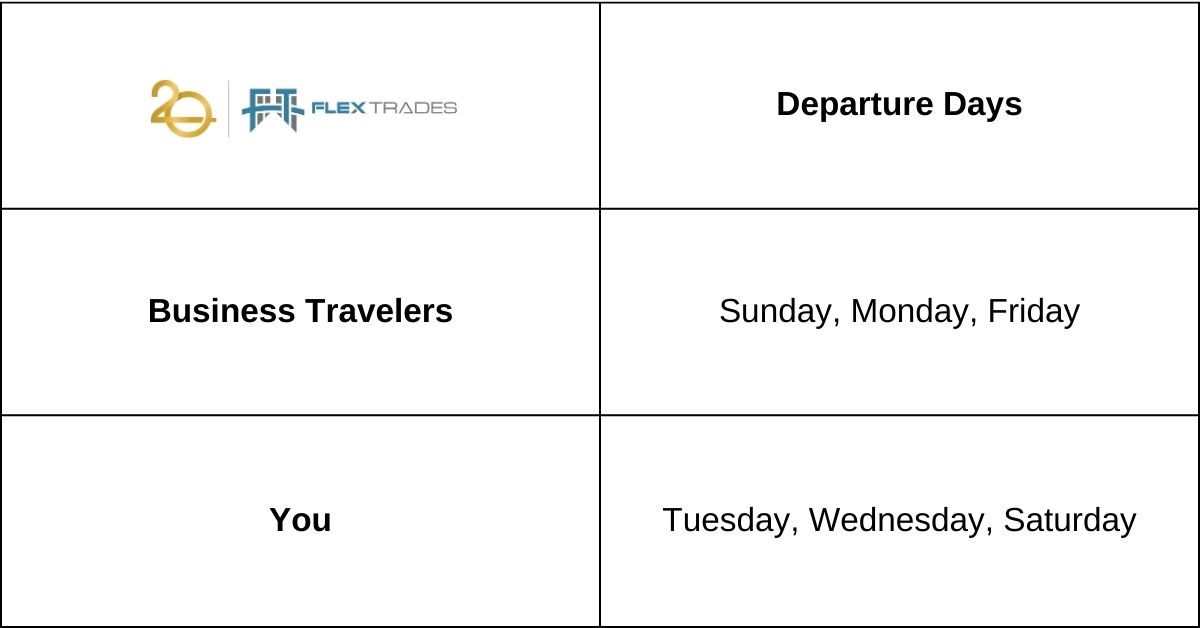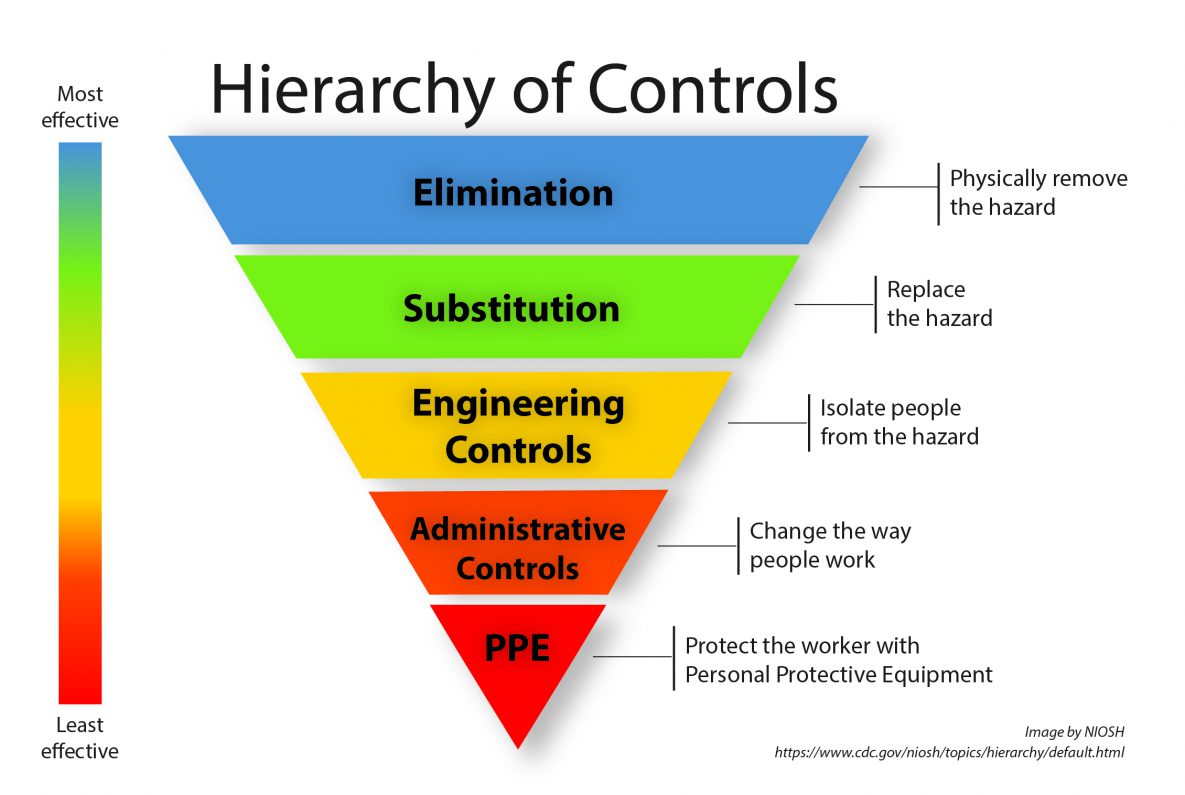HUDSON, Wisconsin, April 1, 2024 — In a groundbreaking announcement today, FlexTrades, the renowned national manufacturing services provider, has declared its ambitious plan to send 50 skilled tradespeople to Mars in 2025. This unprecedented move marks a giant leap in human exploration and sets the stage for a new era of interplanetary cooperation and development.
The mission, set to last for approximately 90 days, will see FlexTrades technicians embarking on a journey beyond Earth’s bounds to assist in assembling infrastructure for habitation and scientific research on the Martian surface. Leveraging their expertise in manufacturing processes, these technicians will play a pivotal role in laying the groundwork for sustainable living conditions and advancing scientific endeavors on our neighboring planet.
“We are thrilled to announce this historic endeavor,” said Amara Galaxia, Chief of Space Operations (CSO). “Our technicians possess unparalleled skills and experience, and we believe that their contributions will be invaluable in shaping the future of Martian exploration and colonization.”
FlexTrades, acting as both a pioneer and a visionary in this endeavor, will oversee all aspects of the mission, including travel arrangements, lodging, and ensuring the safety and well-being of its personnel throughout their journey to the Red Planet.
“The opportunity to extend our services beyond Earth’s boundaries is a testament to our commitment to innovation and excellence,” added Galaxia. “We are confident that our technicians will rise to the challenge and make significant contributions to the ongoing efforts to unlock the mysteries of Mars.”
While the mission undoubtedly carries its share of challenges and uncertainties, FlexTrades remains undeterred in its pursuit of pushing the boundaries of human exploration and discovery. With meticulous planning and unwavering determination, the company aims to ensure the success of this historic venture and pave the way for future endeavors in space exploration.
As the countdown to 2025 begins, the world eagerly anticipates witnessing the journey of FlexTrades technicians as they embark on an extraordinary odyssey to Mars, leaving an indelible mark on the annals of human history.
Happy April Fools’ Day, from FlexTrades! While we may not be sending technicians to Mars just yet, we’re always ready to tackle new challenges here on Earth. Stay tuned for more fun and exciting content from FlexTrades in the future.
About FlexTrades:
FlexTrades is a premier traveling workforce solutions provider offering bespoke services to manufacturing companies nationwide. Established in 2004, FlexTrades is a leader in deploying skilled industrial and engineering talent to companies experiencing production shortfalls, skills gaps or operational backlogs. FlexTrades leverages its vast network of skilled trade technicians while seamlessly handling all travel logistics, administration, and personnel management to ensure the right talent for each project. The FlexTrades mission is to make a difference every day through its impact on American production. The success of this commitment is evident in the thousands of individuals provided with work that matters and by the ever-growing satisfaction of our clients, technicians, corporate team members, partners, and communities.
Learn how FlexTrades can make a difference for you at www.flextrades.com.
For More Information:
Josh Erickson
Public Relations & Engagement Specialist
jerickson@flextrades.com


